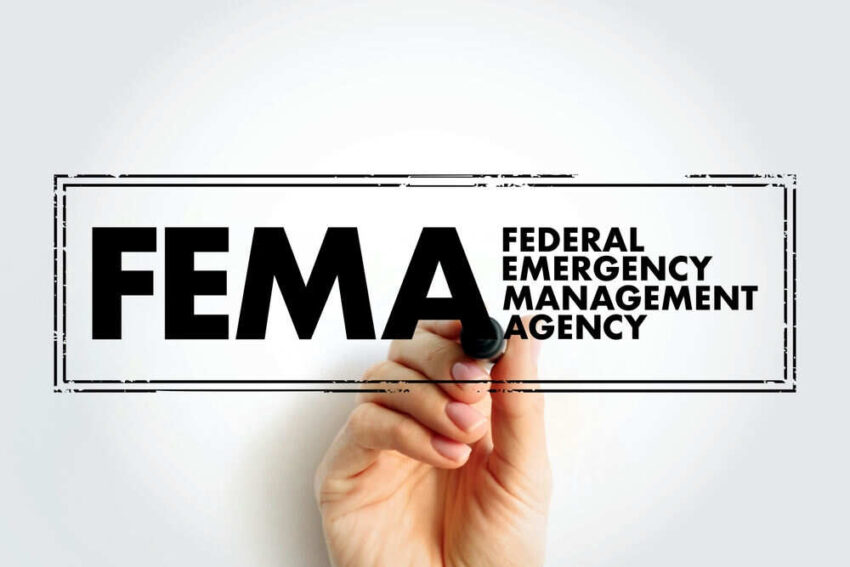President Trump’s unexpected decision to greenlight FEMA funding for four disaster-ravaged states has left many questioning the future trajectory of U.S. disaster response strategy.
At a Glance
- President Trump approved FEMA funding for Indiana, Michigan, Kentucky, and West Virginia after months of disasters.
- Trump’s administration previously considered reducing or eliminating FEMA’s role.
- FEMA’s disaster relief fund is projected to face a $7.8 billion deficit by September 2025.
- State governors welcome the funding but remain wary of future federal support.
Trump’s FEMA Funding Reversal
President Donald Trump’s recent announcement has sent ripples through the nation’s disaster management landscape. On July 22, 2025, Trump revealed that FEMA funding would be distributed to Indiana, Michigan, Kentucky, and West Virginia, all recently devastated by severe weather events. This decision comes after a tumultuous period where the Trump administration floated the idea of drastically reducing or even eliminating FEMA’s role in disaster response.
Trump’s proclamation, made through his Truth Social account, emphasized his “honor” in approving these much-needed funds, specifying $50 million for Michigan and $15.1 million for Indiana. State leaders, including Michigan’s Governor Gretchen Whitmer and Indiana’s Governor Mike Braun, expressed gratitude for the federal assistance, underlining the urgent need for recovery support in their states.
Pressure on FEMA’s Resources
FEMA, established in 1979, has evolved to become a cornerstone of federal disaster response, especially following significant catastrophes like Hurricane Katrina and Superstorm Sandy. However, the agency’s disaster relief fund is under duress, with internal estimates forecasting a $7.8 billion deficit by September 2025. This financial strain is exacerbated by the series of destructive storms and floods that have swept across the Midwest and Appalachia this year.
Despite the White House’s assurances that FEMA’s fund remains “flush,” the looming deficit raises concerns about the sustainability of federal disaster support. The Trump administration’s initial stance of shifting disaster response responsibility to state governments faced intense opposition from Congress, emergency management experts, and the public. A staggering 99% of public comments during FEMA’s review process advocated for the agency’s continued existence.
State and Local Implications
For the states affected, the release of FEMA funds offers immediate relief and resources to begin rebuilding efforts. However, the long-term implications of the administration’s policy shifts remain uncertain. By advocating for a reduced federal role, there is the risk of creating a disparity in disaster recovery outcomes, where wealthier states with more robust resources fare better than those less prepared or financially constrained.
State governors and local authorities, while relieved by the current influx of funds, remain cautious about future federal support. The possibility of diminished federal involvement in disaster management could place an increased burden on state and local governments, potentially stretching their capacities to respond to large-scale emergencies.
Expert Opinions and Future Outlook
The debate over FEMA’s future role highlights the ongoing tension between federal and state responsibilities in disaster response. Industry experts, including former FEMA administrators and the National Emergency Management Association, strongly advocate for maintaining a significant federal presence. They warn that reducing FEMA’s role could leave states inadequately equipped to handle major disasters, threatening effective response and recovery operations.
As the Trump administration continues to navigate the complexities of disaster management policy, the broader implications for federal-state relations and the national emergency management apparatus remain in focus. While President Trump’s recent funding decision provides a temporary reprieve for affected states, the conversation around FEMA’s role and the balance of disaster response responsibilities is far from over.
Sources:
Click this link for the original source of this article.
Author: Editor
This content is courtesy of, and owned and copyrighted by, https://libertynewsalerts.com and its author. This content is made available by use of the public RSS feed offered by the host site and is used for educational purposes only. If you are the author or represent the host site and would like this content removed now and in the future, please contact USSANews.com using the email address in the Contact page found in the website menu.








